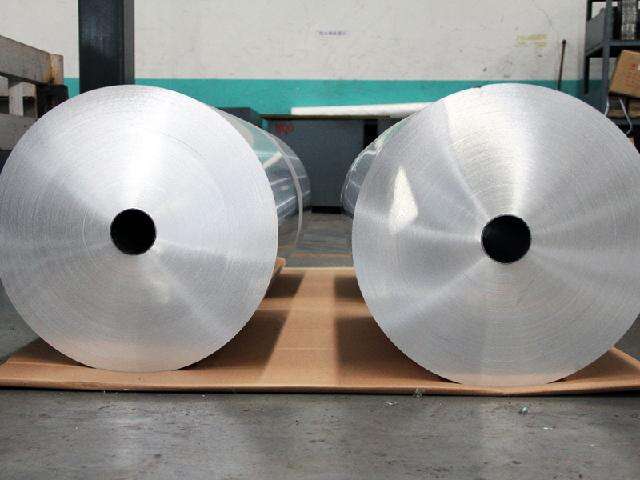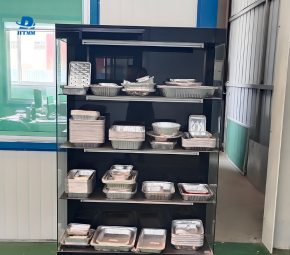
Mainly used in kitchen cooking, holding food, or used to make some materials that can be easily cleaned. Most of the aluminum foil paper is shiny on one side and hoarse on the other. Food foils can be wrapped on both sides of the foil. It is usually recommended to wrap the shiny surface to enhance the heat transfer. Since aluminum has a soft texture and good ductility, it has a silvery white luster. If the calendered sheet is smashed on offset paper with sodium silicate or the like to form an aluminum foil, printing can also be performed.





